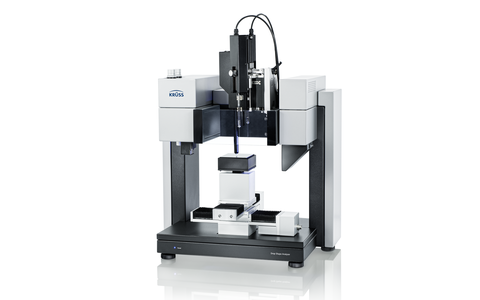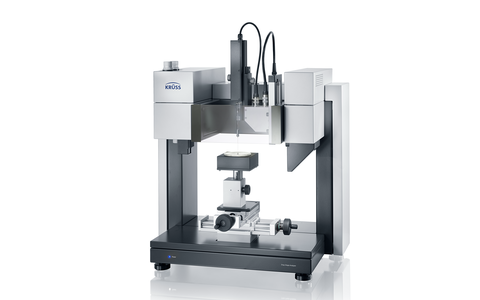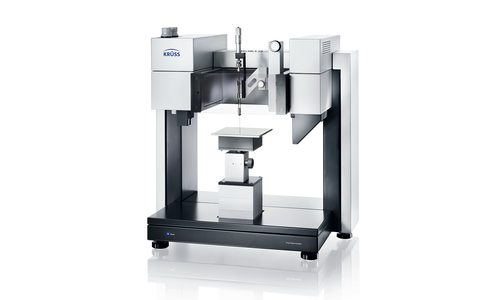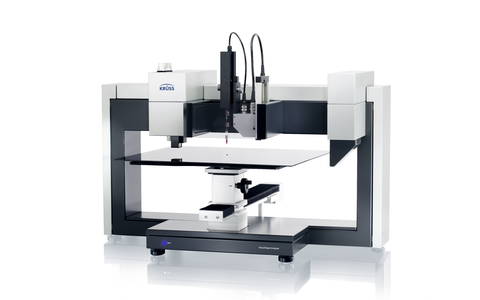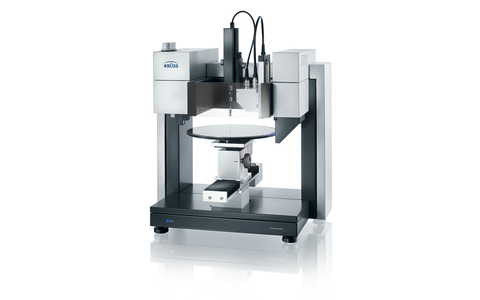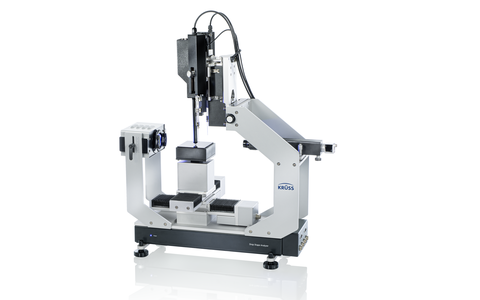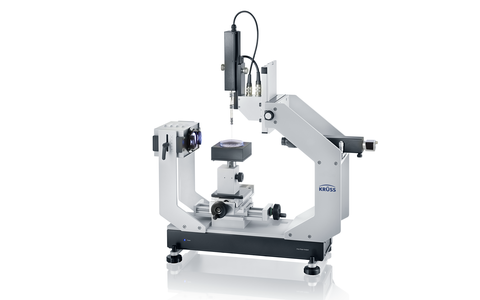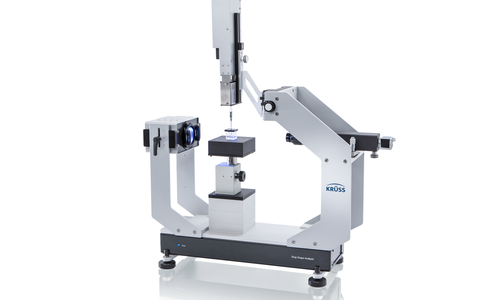
Polymer blending
Methods of interfacial chemistry for creating new polymer materials
R&D labs in polymer industry blend polymers in order to gain materials with new properties including but not limited to improved tensile strength or better thermal or chemical resistance. As miscibility and stability highly depend on the surface tensions of the single phases and the interfacial tension between them, measuring methods for these quantities are needed. Our range of contact angle instruments and the high-temperature equipment in particular matches this demand.
Interfacial tension of molten polymers as an indicator for miscibility
With a high interfacial tension between molten phases, drops tend to coagulate and reduce the interface, thus decreasing the homogeneity of the blend. To take into account a low interfacial tension, therefore, means to improve miscibility. Our contact angle instruments approach the interfacial tension by separate measurements of the surface energy of each phase.
Work of adhesion as predictor of tensile strength
Work of adhesion between the phases is a value of interest when it comes to analyzing the binding forces, and therefore, the stress resistance of the blend. The adhesion can be calculated when measuring the polar and disperse part of the surface energy using contact angles with different liquids.
Modeling the blending process with high-temperature equipment
While measurements at room temperature already provide valuable information, using high temperature accessories (up to 400 °C) help model the real environmental conditions of the blending process. A direct measurement of the interfacial tension with the pendant drop method supports finding a suitable combination of materials.
Measuring the dispersability of added powders
Since powders like rock meal or carbon black often form part of a polymer blend, their dispersibility in the liquid phase becomes the decisive question whether the blend is homogeneous or not. Our tensiometers provide surface energy measurements for powders, which, in combination with measured data for the polymers, lead to key results as the wetting enthalpy.

